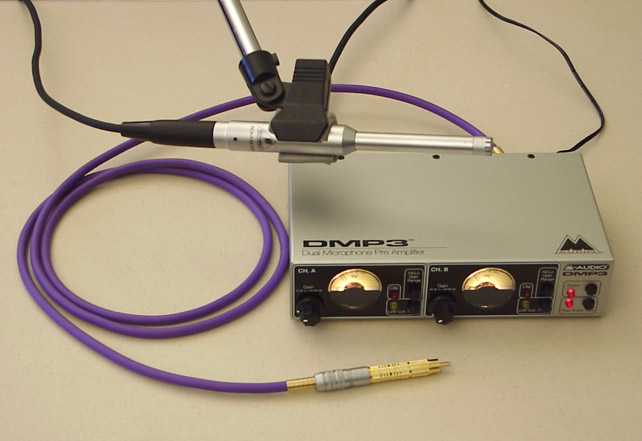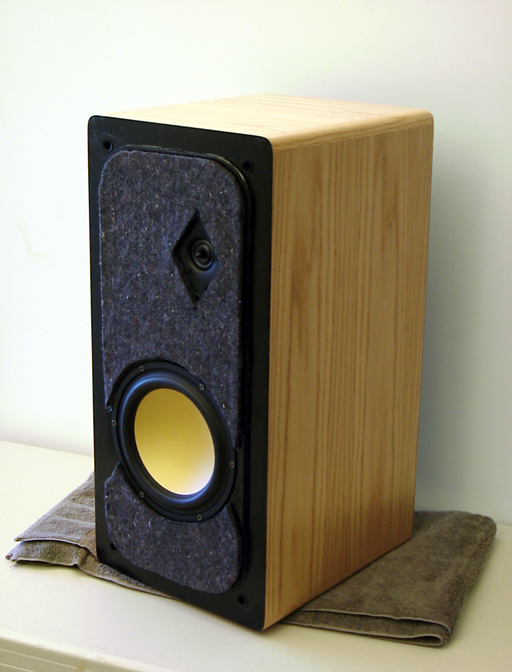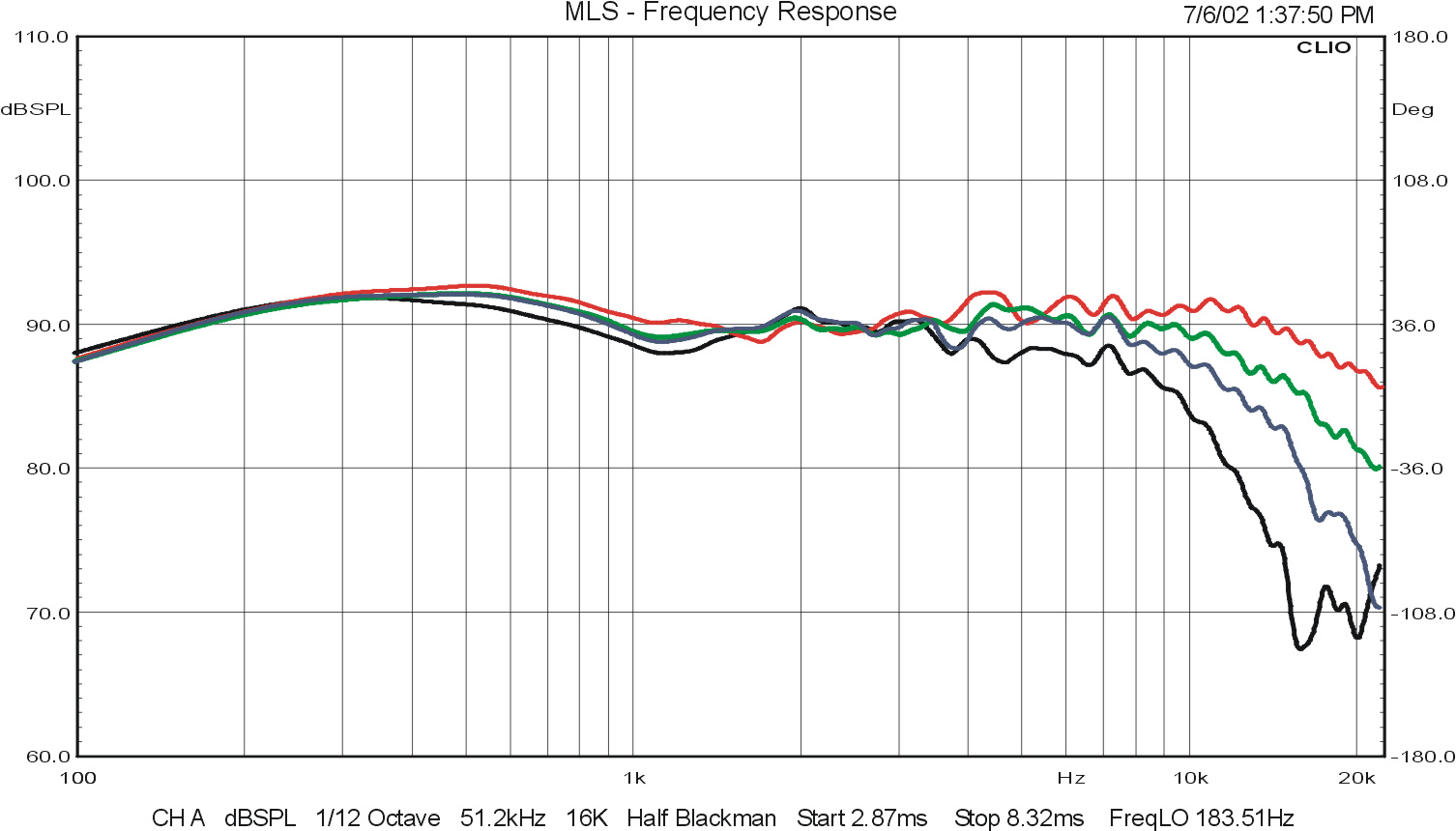Hello all,
I have been experimenting with different setups to see which gives me the most accurate acoustical results for my drivers. I measured the Seas tweeter on a 11 x 17 baffle flush mounted. The mic(New version of radioshack SPL Meter) was set up .5 M away directly on axis with the tweeter. My "gated" frequency measurements are always fairly consistent:

As you can see, there is a pretty large spike at around 8000 Hz. I do not know why the driver is doing this. I have also measured it off the baffle and got very similar results. Just to be sure it was nothing in the room I measured the gated frequency response then disconnected the speaker and measured it again. This way any room noise would be apparent. After subtracting the results of the two measurements, the results were still nearly the same.
Could this be a bad tweeter?
*****PROBLEM FIXED BY BEHRINGER MIC*****
I have been experimenting with different setups to see which gives me the most accurate acoustical results for my drivers. I measured the Seas tweeter on a 11 x 17 baffle flush mounted. The mic(New version of radioshack SPL Meter) was set up .5 M away directly on axis with the tweeter. My "gated" frequency measurements are always fairly consistent:

As you can see, there is a pretty large spike at around 8000 Hz. I do not know why the driver is doing this. I have also measured it off the baffle and got very similar results. Just to be sure it was nothing in the room I measured the gated frequency response then disconnected the speaker and measured it again. This way any room noise would be apparent. After subtracting the results of the two measurements, the results were still nearly the same.
Could this be a bad tweeter?
*****PROBLEM FIXED BY BEHRINGER MIC*****














Comment